Home>Storage Ideas>Bedroom Storage>How To Air-Dry Clothes For Wrinkle-Free Results
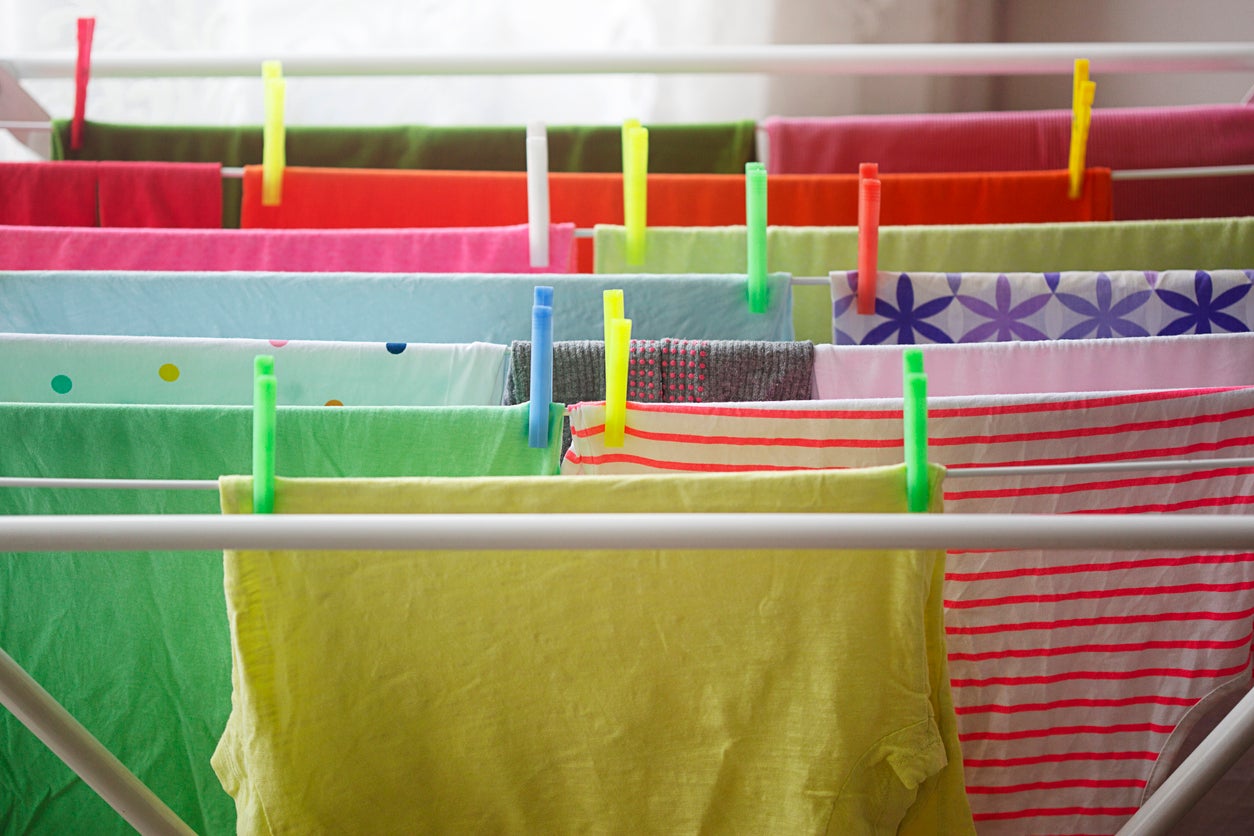

Bedroom Storage
How To Air-Dry Clothes For Wrinkle-Free Results
Modified: October 27, 2024
Learn how to air-dry your clothes in your bedroom for wrinkle-free results with our practical bedroom storage solutions.
(Many of the links in this article redirect to a specific reviewed product. Your purchase of these products through affiliate links helps to generate commission for Storables.com, at no extra cost. Learn more)
Introduction
Welcome to the world of air-drying clothes, where you can achieve wrinkle-free results without the need for a dryer! Air-drying clothes is not only a sustainable and cost-effective option, but it also helps to prolong the lifespan of your garments. Whether you’re looking to save energy or preserve delicate fabrics, learning how to air-dry clothes properly is a valuable skill to have.
In this article, we will explore the various benefits of air-drying clothes and guide you through the process of achieving wrinkle-free results. From choosing the right location to handling different fabrics, we will provide you with all the information you need to make air-drying a breeze.
So, let’s dive in and uncover the secrets to achieving perfectly dry and wrinkle-free clothes through the art of air-drying.
Key Takeaways:
- Embrace air-drying clothes to save energy, prolong garment lifespan, and contribute to a sustainable lifestyle. Choose the right location, prepare clothes properly, and employ techniques to achieve wrinkle-free results.
- Consider fabric type, weather conditions, and drying space when air-drying clothes. Handle delicate fabrics with care and explore alternative methods for wrinkle-free results when air-drying is not feasible.
Why Air-Drying Clothes is Beneficial
There are several compelling reasons why air-drying clothes is a beneficial practice. Let’s explore some of these benefits:
- Energy and Cost Savings: Air-drying clothes eliminates the need for a dryer, reducing your energy consumption and utility bills. By harnessing the power of natural air, you can save both money and valuable resources.
- Prolonged Garment Lifespan: Dryers can be harsh on fabrics, leading to shrinkage, color fading, and overall wear and tear. Air-drying, on the other hand, is gentle and helps to retain the integrity of the clothing, preserving their lifespan and reducing the need for frequent replacements.
- Eco-Friendly Option: By choosing to air-dry your clothes, you are actively contributing to a more sustainable lifestyle. Dryers consume a significant amount of energy, and air-drying eliminates unnecessary carbon emissions, reducing your carbon footprint.
- Safe for Delicate Fabrics: Air-drying is particularly beneficial for delicate fabrics such as silk, wool, and lace. These fabrics can be easily damaged or misshapen in the heat of a dryer, but air-drying ensures their longevity and quality.
- Avoiding Chemicals and Allergens: Some dryer sheets and fabric softeners contain chemicals that may irritate sensitive skin or trigger allergies. Air-drying your clothes eliminates the need for these products, providing a more natural and hypoallergenic option.
- Reduced Risk of Shrinkage: One of the biggest frustrations with using a dryer is the risk of shrinkage, especially with items like jeans and sweaters. Air-drying eliminates this risk, allowing your clothes to retain their original fit and size.
With all these benefits in mind, it’s clear that embracing the practice of air-drying clothes is a smart choice for both your wallet and the environment. Now, let’s delve into the specifics of how to air-dry clothes effectively.
Choosing the Right Location for Air-Drying
When it comes to air-drying clothes, choosing the right location is key to achieving optimal results. Consider the following factors when selecting a spot:
- Sunlight and Ventilation: Look for an area that receives ample sunlight and has good air circulation. Sunlight helps to naturally disinfect and deodorize clothes, while fresh air aids in the drying process.
- Indoor vs. Outdoor: Depending on weather conditions and available space, you can choose to air-dry clothes either indoors or outdoors. Outdoors is ideal for larger items like bed sheets and towels, as they benefit from the unrestricted airflow and direct sunlight. Indoor drying is suitable for delicate garments and during inclement weather.
- Hanging Space: Ensure that you have enough hanging space for your clothes to be spread out without touching or overlapping. This allows for proper air circulation and prevents wrinkles.
- Suitable Surfaces: Opt for clotheslines or drying racks that are sturdy and can support the weight of wet clothes without sagging or breaking. If using a drying rack indoors, place a plastic tray or mat underneath to catch any water drips.
- Privacy: Consider the privacy factor, especially when air-drying undergarments or delicate items. Choose a location that is discreet and shields your clothes from prying eyes.
- Temperature and Humidity: Take into account the ambient temperature and humidity levels of the chosen location. Dry air and warmer temperatures facilitate faster drying, while high humidity may prolong the drying time.
By carefully selecting the right location, you can optimize the air-drying process and ensure that your clothes dry efficiently and effectively. Now that you have chosen your drying spot, let’s move on to preparing your clothes for air-drying.
Preparing Clothes for Air-Drying
Properly preparing your clothes before air-drying is essential to achieve the best results. Follow these steps to ensure your clothes dry efficiently and maintain their shape:
- Sort and Shake: Sort your clothes by fabric type and weight. Before hanging them, give each garment a gentle shake to remove any wrinkles and straighten them out.
- Smooth Out: Smooth out any visible wrinkles or creases by hand. This helps to minimize the appearance of wrinkles during the drying process.
- Button and Zip: Button up shirts and zip up pants to maintain their proper shape while drying. This is especially important for collared shirts, as it helps to retain their crisp look.
- Invert Heavy Items: Heavy items like jeans and sweaters have a tendency to stretch when hung. To prevent this, turn them inside out before placing them on the clothesline or drying rack.
- Use Hangers or Clothespins: Use hangers or clothespins to securely hang clothes on the clothesline. For delicate items, use hangers with non-slip grips or padded clips to avoid any damage or distortion.
- Separate Colors: To prevent color transfer, separate light-colored and dark-colored clothes. This ensures that there are no color bleed accidents during the drying process.
- Consider Specialty Items: For delicate fabrics such as silk or lingerie, place them inside a mesh laundry bag before hanging or use a flat drying rack to maintain their shape.
- Smooth Sleeves and Collars: Smooth out sleeves and collars by gently tugging on them to prevent them from drying with wrinkles or creases.
- Avoid Overcrowding: Avoid overcrowding the clothesline or drying rack to allow for better air circulation. This helps to expedite the drying process and prevents clothes from touching and causing wrinkles.
By following these steps, you can ensure that your clothes are properly prepared for air-drying. Next, let’s explore different techniques for hanging clothes to achieve wrinkle-free results.
Techniques for Hanging Clothes
Hanging clothes properly is essential for achieving wrinkle-free results when air-drying. Follow these techniques to ensure your clothes dry without unsightly creases:
- Shirts and Tops: Hang shirts and tops by the shoulders on a clothes hanger. Smooth out any wrinkles by giving them a gentle tug and ensure the fabric is not bunched up or folded.
- Pants and Bottoms: Hang pants and bottoms by the waistband, ensuring they are straight and smooth. Use hangers with clips or adjustable bars to prevent creasing at the fold lines.
- Skirts and Dresses: Hang skirts and dresses by the waist or shoulder straps. Smooth out any wrinkles in the fabric and make sure they are not draped over the hanger in a way that could cause distortion.
- Socks and Underwear: Use clothespins or a specialty hanger with clips to hang socks and underwear. Hang them in pairs or groups to prevent misplacing or tangling.
- Towels and Bed Sheets: For larger items like towels and bed sheets, use clothespins to secure them on the clothesline or drying rack. Spread them out fully to allow for maximum airflow.
- Delicate Fabrics: Delicate fabrics such as silk or lace should be laid flat on a drying rack to maintain their shape. Avoid hanging them to prevent stretching or distortion.
- Heavy Items: Turn heavy items like jeans, sweaters, or hoodies inside out before hanging them. This helps to prevent stretching and maintains their original shape.
- Length Adjustment: Adjust the length of the items on the clothesline to ensure they do not touch the ground. This prevents dirt or moisture from transferring onto the clothes and causing stains.
- Proper Spacing: Leave enough space between each item to allow for proper air circulation. This will help the clothes dry faster and prevent them from touching and causing wrinkles.
By employing these techniques, your clothes will dry evenly and without unsightly wrinkles. However, there are also additional tips you can follow to further prevent wrinkles during the air-drying process.
Read more: How To Store Cardigans Without Wrinkles
Tips for Preventing Wrinkles
Although air-drying clothes is generally less prone to causing wrinkles compared to using a dryer, there are a few additional tips you can follow to ensure your garments dry wrinkle-free:
- Smooth Out Before Hanging: Before hanging your clothes, take a few moments to smooth out any wrinkles or creases by hand. This simple step can make a significant difference in the final appearance of your garments.
- Avoid Overcrowding: Give your clothes enough space to breathe and dry properly. Crowding garments on the clothesline or drying rack can cause them to rub against each other, leading to more wrinkles.
- Stretch and Tug: While hanging clothes, give them a gentle stretch and tug to straighten out the fabric. This helps to minimize any natural folds or creases and encourages the garment to dry in a more wrinkle-free state.
- Smooth Sleeves and Collars: Pay special attention to sleeves and collars, as they tend to dry with more wrinkles. Smooth them out by gently pulling and smoothing the fabric before hanging.
- Reposition Mid-Drying: If you notice any wrinkles forming on your clothes during the drying process, take the opportunity to reposition them on the clothesline or drying rack. Smooth out the fabric and adjust the garment to prevent additional wrinkles.
- Take Advantage of Breeze: If you’re air-drying clothes outdoors, position the clothesline in an area with a gentle breeze. The natural movement of the air will help to keep the fabric subtly in motion, reducing the chance of deep set wrinkles.
- Timing is Key: Remove your clothes from the clothesline or drying rack as soon as they are thoroughly dry. Leaving them hanging for an extended period can lead to creasing and set-in wrinkles.
- Fold or Hang Immediately: Once your clothes are dry, promptly fold or hang them to prevent wrinkles from forming due to crumpling. Ensure hangers have enough space between them and fold clothes neatly to maintain their wrinkle-free appearance.
By implementing these tips, you can successfully minimize wrinkles and achieve beautifully dried clothes through the air-drying method. However, keep in mind that the time it takes for clothes to air-dry can vary based on several factors.
After washing, shake out each garment to remove excess water, then smooth out any wrinkles by hand. Hang or lay flat to dry, avoiding overcrowding to allow air circulation for wrinkle-free results.
Time Needed for Air-Drying
The time it takes for clothes to air-dry can vary depending on several factors. Let’s take a look at some of the key factors that influence the drying time:
- Fabric Type: Different fabrics have varying levels of absorbency and thickness, which affect drying time. Lightweight fabrics such as cotton t-shirts may dry relatively quickly, while heavier fabrics like denim or towels may take longer.
- Weather Conditions: The weather plays a significant role in air-drying time. During warm, dry, and breezy conditions, clothes tend to dry faster. In contrast, high humidity, low temperatures, and lack of sunlight can prolong the drying process.
- Indoor vs. Outdoor Drying: Drying clothes indoors typically takes longer than air-drying outdoors due to the limited airflow and lower humidity levels indoors.
- Garment Size and Thickness: The size and thickness of the garments also impact drying time. Bulkier or thicker items like sweaters or blankets will take longer to dry compared to lighter garments like t-shirts or lingerie.
- Amount of Moisture: The dampness of the clothes when you hang them up will affect the drying time. Clothes that have been wrung out thoroughly will dry faster than those that are sopping wet.
- Drying Space and Air Circulation: Sufficient airflow is crucial for faster drying. If clothes are closely packed or obstructed, the drying time may be extended. Ensure that clothes have enough space and that no items are touching to allow for optimal air circulation.
As a general guideline, under favorable conditions with good airflow and sunlight, lighter fabrics may dry in a few hours, while heavier items can take a day or more. However, it’s important to remember that drying times can vary, so it’s best to check the garments periodically to determine their dryness.
While air-drying is suitable for most fabrics, there are certain considerations you need to keep in mind when dealing with delicate or specialty fabrics.
Factors to Consider
When air-drying clothes, there are various factors you should consider to ensure the best results for different types of garments. Let’s explore these factors:
- Fabric Care Instructions: Always refer to the garment’s care label for specific instructions on how to dry it. Some delicate fabrics may require flat drying, while others can be hung. The care label will provide valuable information on the fabric’s specific requirements.
- Color Fastness: Before air-drying colored garments, ensure they are colorfast. This will help prevent any potential color bleeding or transfer onto lighter-colored clothes.
- Allergies and Sensitivities: If you or your family members have allergies or sensitivities to pollen or outdoor allergens, consider air-drying clothes indoors or in a covered area to reduce exposure.
- UV Exposure: While sunlight can be beneficial for natural disinfection and deodorizing, excessive exposure to sunlight can fade colors or weaken certain fabrics. If you’re concerned about fading, consider drying colored or delicate items in a shaded area.
- Availability of Drying Space: Assess the amount of drying space you have available, whether it’s a clothesline, drying rack, or a designated indoor drying area. Ensure that there is enough space for the amount of laundry you plan to air-dry.
- Time of Year: During humid or rainy seasons, air-drying clothes outdoors may take longer. Consider utilizing indoor drying methods during unfavorable weather conditions to ensure a quicker drying time.
- Drying Indoors: If you’re drying clothes indoors, make sure the area is well-ventilated to prevent excessive moisture buildup. You can open windows, use fans, or dehumidifiers to improve airflow and aid in the drying process.
- Specialty Items: Certain garments, such as tailored suits, structured dresses, or performance activewear, may require specialized care. Follow the manufacturer’s instructions or seek professional advice to ensure the proper air-drying methods for these items.
- Personal Preference: Lastly, consider your personal preferences and convenience. While some individuals enjoy the fresh scent and feel of air-dried clothes, others may opt for the convenience of a dryer. Find a balance that works best for you and your lifestyle.
By taking these factors into account, you can adapt your air-drying methods to suit different fabrics, weather conditions, and individual preferences. However, if air-drying is not feasible or if you want to expedite the drying process, there are alternative methods you can consider.
Handling Delicate or Specialty Fabrics
When it comes to air-drying delicate or specialty fabrics, it’s important to follow specific guidelines to maintain their integrity and prevent damage. Here are some tips for handling delicate fabrics:
- Lace and Sheer Fabrics: Lay lace or sheer fabrics flat on a clean towel or mesh drying rack to preserve their intricate details. Avoid hanging these fabrics, as it can cause stretching or distortion.
- Silk: Silk garments should always be air-dried. Lay them flat on a clean towel or use a drying rack specifically designed for silk or delicate fabrics. Avoid exposing silk to direct sunlight to prevent color fading.
- Cashmere and Wool: Never hang cashmere or wool garments, as they can stretch under their own weight. Instead, carefully reshape them and lay them flat on a clean towel or drying rack to air-dry.
- Knits: To dry knitted items such as sweaters or cardigans, gently reshape them and lay them flat on a clean towel or a drying rack. Avoid hanging knits, as they can stretch and lose their shape.
- Eveningwear and Fancy Dresses: Delicate and embellished eveningwear should be handled with care. Lay them flat on a clean towel or use a padded hanger to support their weight while drying. Avoid hanging these garments by thin straps or beaded areas.
- Leather and Suede: Air-drying leather or suede items can cause them to become stiff. Instead, blot excess moisture with a towel and reshape them gently. Allow them to air-dry naturally away from direct heat sources.
- Performance Activewear: Follow the manufacturer’s care instructions for air-drying performance activewear, such as workout leggings or sports bras. Some fabrics may require lying flat, while others can be hung using specialized hangers designed for activewear.
- Wedding Dresses and Formal Attire: Seek professional advice for air-drying wedding dresses or formal attire. These garments often require specialized care and preservation methods to maintain their pristine condition.
Remember to handle delicate fabrics with care and patience. If unsure about the best drying method for a specific garment, consult the care label or seek advice from professionals to avoid any damage.
While air-drying is an effective way to dry clothes, there are alternative methods you can utilize for achieving wrinkle-free results when air-drying is not feasible.
Alternative Methods for Wrinkle-Free Results
While air-drying is a popular and effective method for achieving wrinkle-free results, there are alternative methods you can consider when circumstances don’t permit air-drying. Here are a few alternative methods:
- Tumble-Drying with Low Heat: If time is a constraint or you prefer the convenience of a dryer, select the lowest heat setting and remove the clothes as soon as they are dry. This minimizes the risk of wrinkles and shrinkage.
- Ironing: Ironing is a traditional method to eliminate wrinkles. For clothes that are partially dried, you can finish the drying process by ironing them using a low to medium heat setting. Ensure that the fabric is suitable for ironing and follow the ironing instructions provided by the manufacturer.
- Steam or Wrinkle Release Sprays: Steamers or wrinkle release sprays can be used to quickly remove wrinkles from air-dried clothes. Simply hang the clothes and apply steam or wrinkle release spray according to the product instructions. Gently smooth out the fabric with your hands or use a garment steamer to achieve wrinkle-free results.
- Quick Tumble in the Dryer: If you’ve air-dried clothes but notice a few wrinkles, a quick tumble in the dryer on a low heat or air-only setting can help remove mild wrinkles. Be cautious not to leave the clothes in the dryer for too long, as it can lead to over-drying and potential shrinkage.
- Wet Cloth Method: For a quick and effective wrinkle release method, dampen a clean cloth or sponge and toss it into the dryer with the wrinkled clothes. Run the dryer on a low heat or air-only setting for a short time. The moisture from the cloth will create steam, which helps to relax the wrinkles.
- Hanging in the Bathroom: Hanging clothes in a closed bathroom while taking a hot shower can create a makeshift steam environment. The steam produced will help release wrinkles from the garments. Be cautious not to hang clothes too close to direct water contact to avoid getting them wet.
- Professional Steaming or Pressing: If you have delicate or formal garments that require expert care, consider taking them to a professional for steaming or pressing. Professional steamers and pressing machines can effectively remove even the most stubborn wrinkles without causing any damage.
When using alternative methods, always consider the fabric type and any specific care instructions provided by the manufacturer. Test these methods on a small, inconspicuous area of the garment before treating the entire piece to ensure compatibility and avoid any potential damage.
With these alternative methods, you can still achieve wrinkle-free results, even if air-drying is not always feasible or suitable. Now, let’s wrap up all the information we’ve covered.
Conclusion
Air-drying clothes is a sustainable, cost-effective, and gentle method of drying that offers various benefits. Not only does it help to save energy and reduce utility bills, but it also prolongs the lifespan of your garments and contributes to a more eco-friendly lifestyle. By harnessing the power of natural air and taking the time to properly prepare and hang your clothes, you can achieve wrinkle-free results and maintain the integrity of your fabrics.
When air-drying clothes, it’s crucial to choose the right location, ensuring adequate sunlight, ventilation, and hanging space. Take the time to sort and prepare your clothes, smoothing out wrinkles and using appropriate techniques for different garment types. By following tips such as giving garments ample space, smoothing sleeves and collars, and avoiding overcrowding, you can prevent wrinkles and ensure efficient drying.
While air-drying is the ideal method for most fabrics, handling delicate or specialty fabrics requires special consideration. Lay delicate items flat, use specific drying racks, and avoid hanging fabrics prone to stretching or distortion. Additionally, if air-drying is not practical or you need to expedite the drying process, alternative methods such as low-heat tumble-drying, ironing, or using steam can help achieve wrinkle-free results.
Remember to always consider fabric care instructions, personal preferences, and individual factors such as weather conditions, drying space, and specific garment requirements. When in doubt, consult the care labels or seek professional advice to ensure the best care for your clothes.
By embracing the practice of air-drying clothes and implementing the tips and techniques outlined in this article, you can enjoy wrinkle-free clothes, save energy, and contribute to a more sustainable lifestyle. So, why wait? Start air-drying your clothes today and experience the many benefits it has to offer!
Frequently Asked Questions about How To Air-Dry Clothes For Wrinkle-Free Results
Was this page helpful?
At Storables.com, we guarantee accurate and reliable information. Our content, validated by Expert Board Contributors, is crafted following stringent Editorial Policies. We're committed to providing you with well-researched, expert-backed insights for all your informational needs.
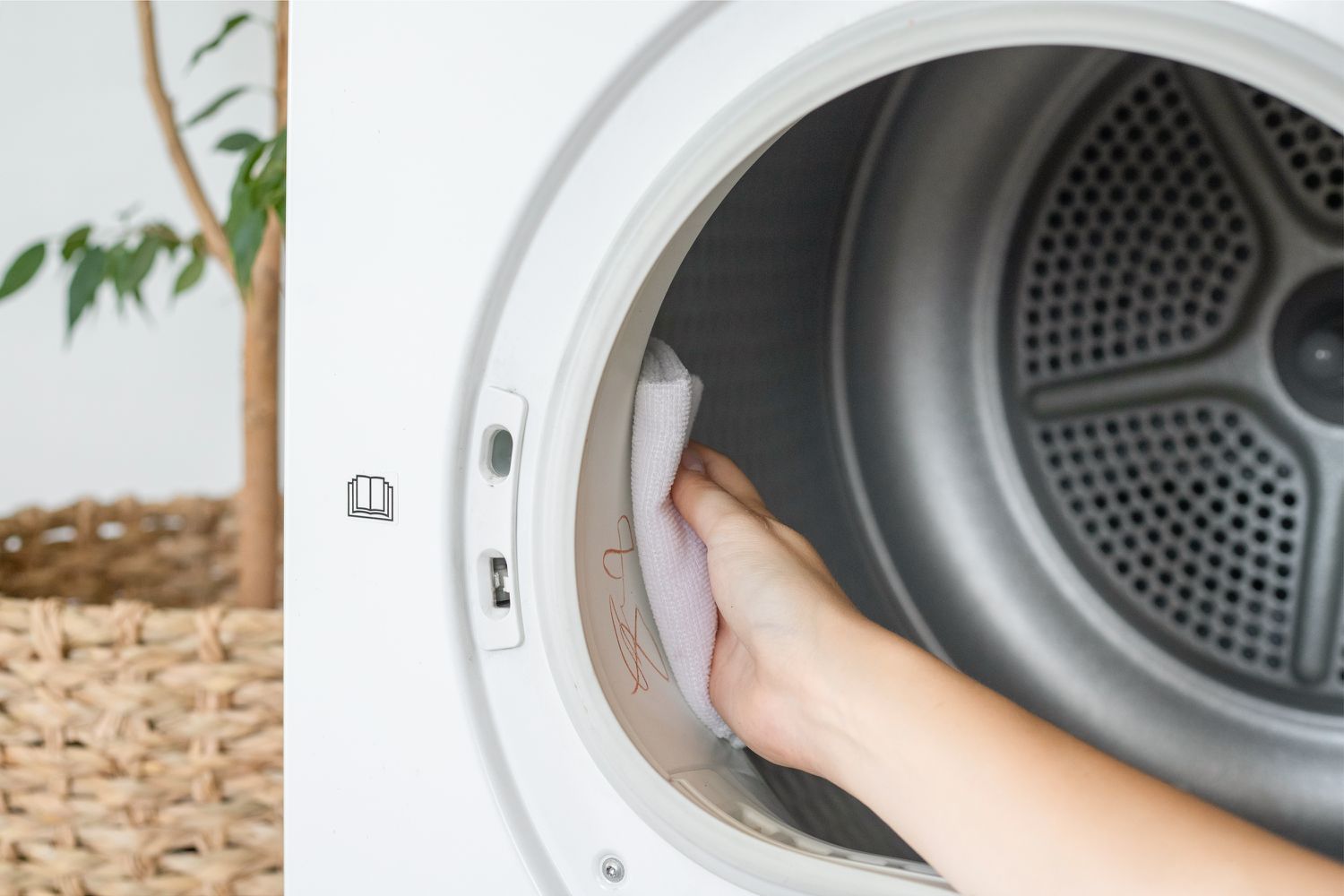

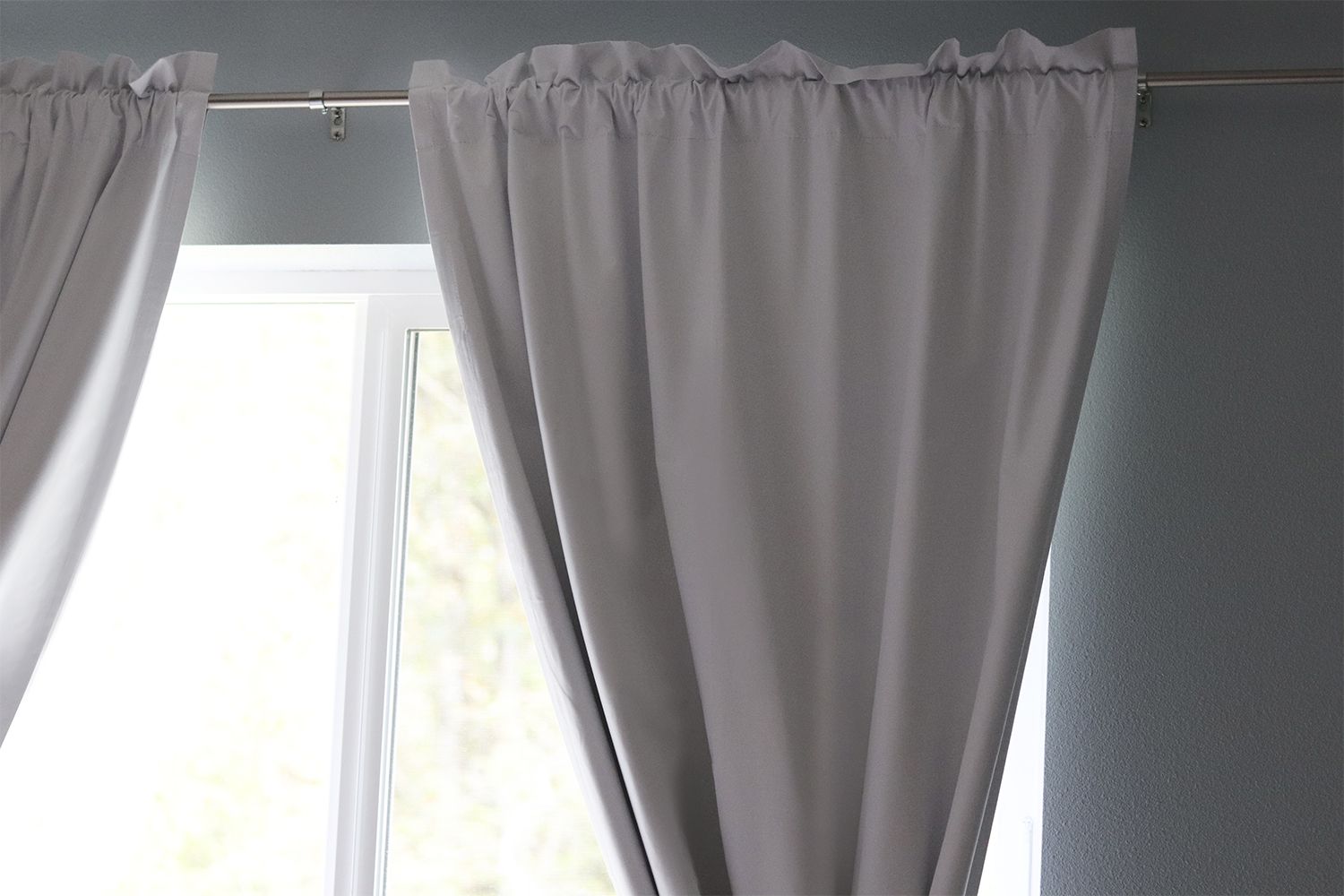





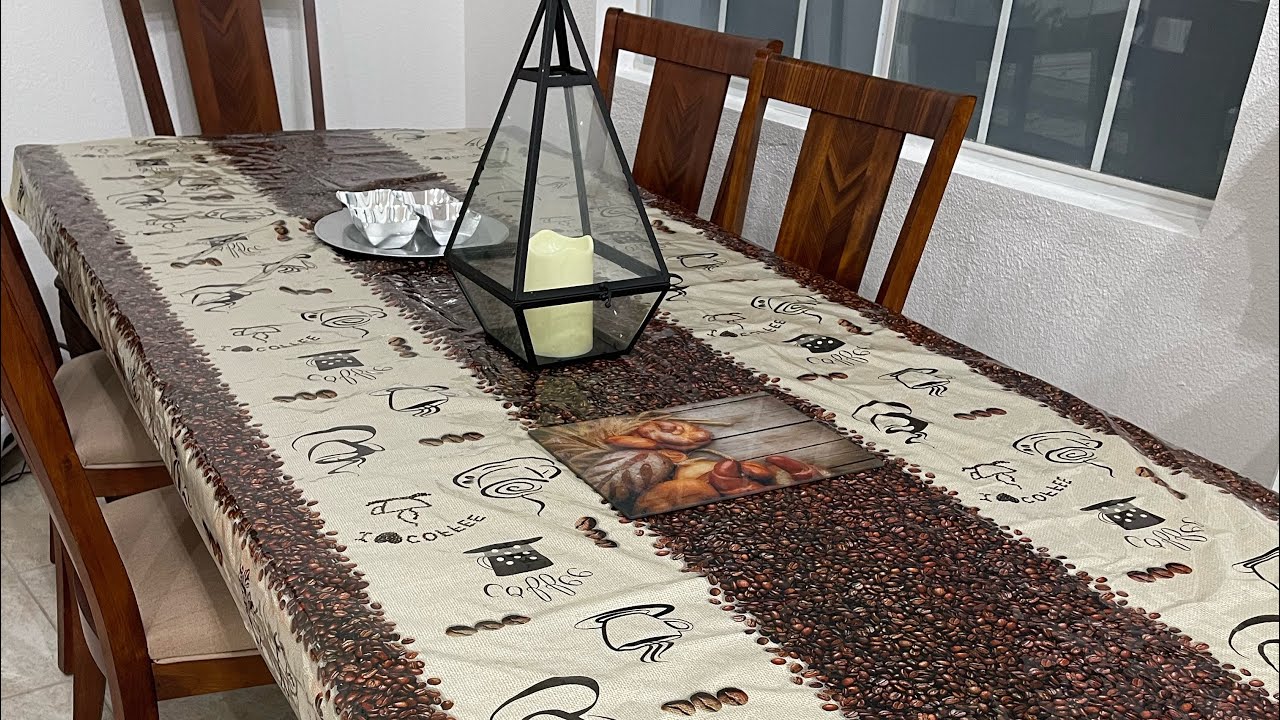
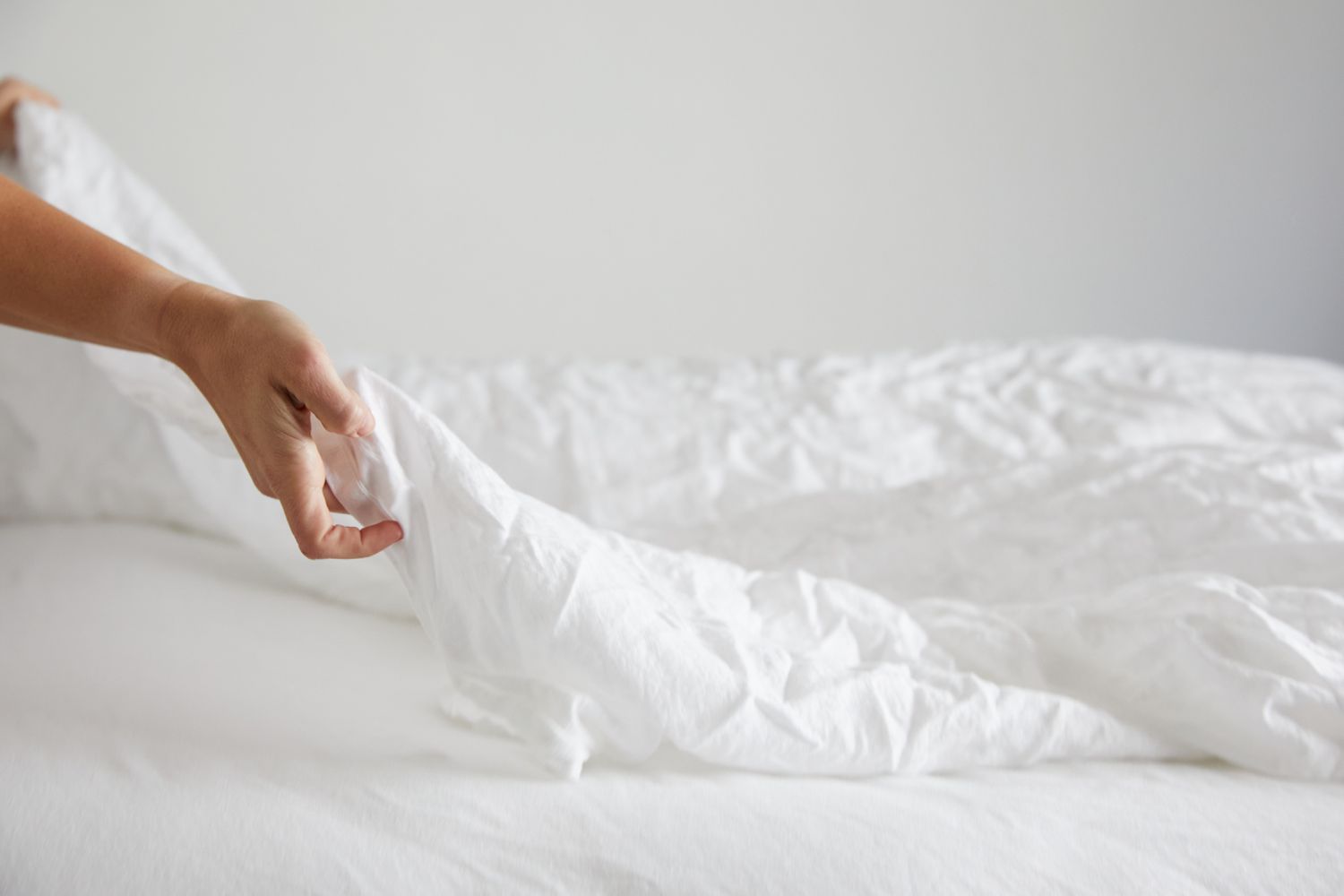

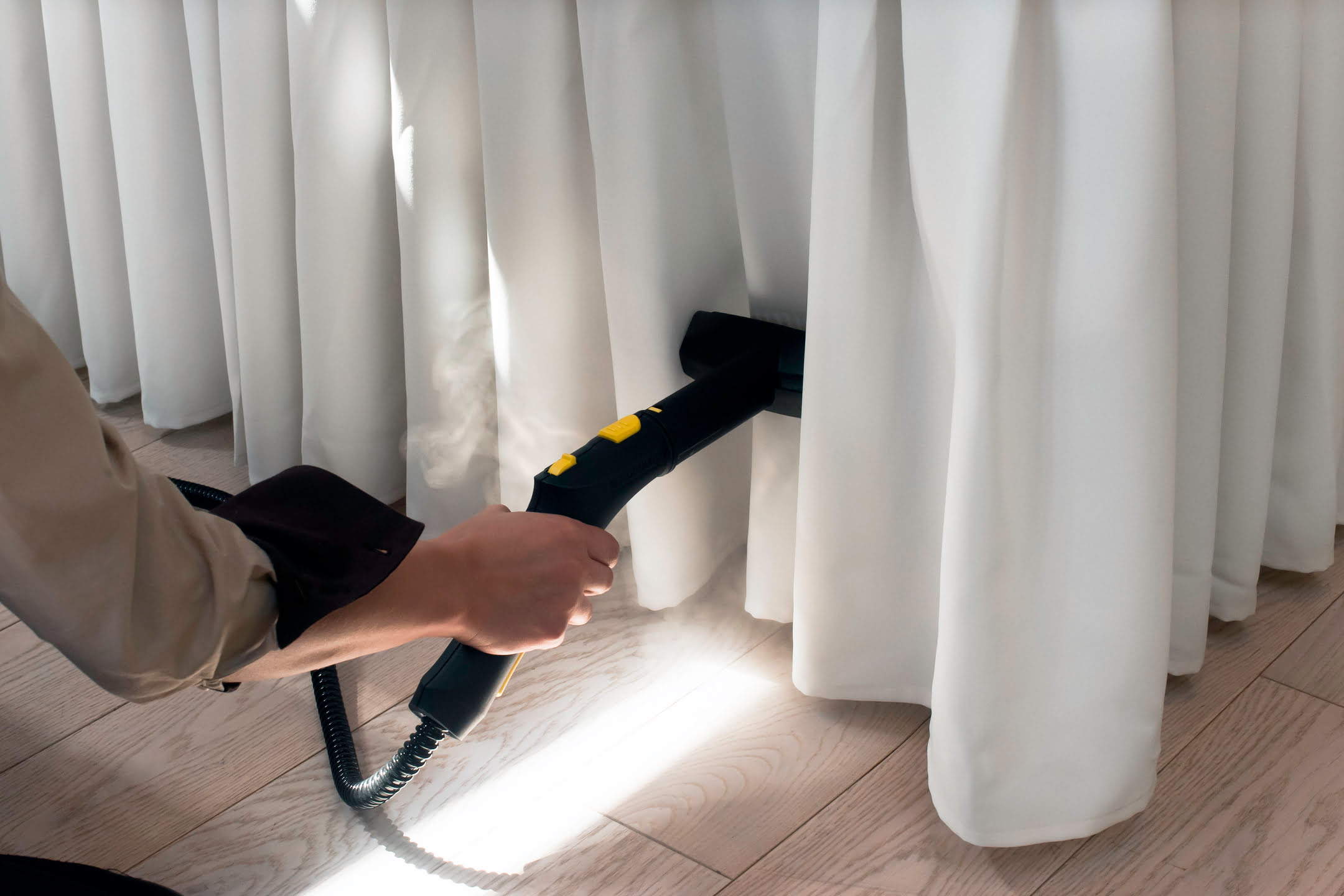
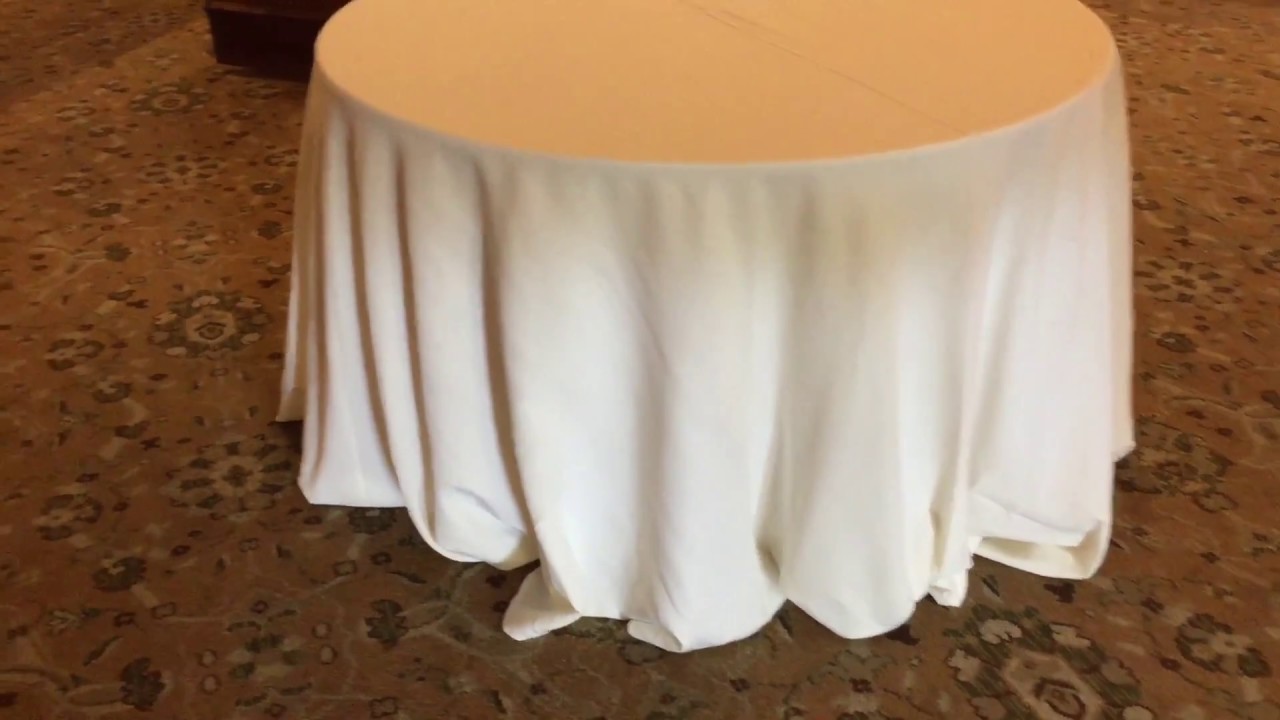

0 thoughts on “How To Air-Dry Clothes For Wrinkle-Free Results”